Alpine ice – no more than a memory? New archive of ice cores
Alpine glacier – endangered species? (Pic: I.Quaile)
It was with mixed feelings that I read an article drawn to my attention by a colleague earlier in the week.
“Protecting Ice Memory” is the subject –a description of a new project to create a “global archive of glacial ice for future generations”.
I am generally enthusiastic about all projects concerning ice. The worrying thing is the reason why this project has been deemed necessary.
History melting
“The goal is to build the world’s first library of ice archives extracted from glaciers which are threatened by global warming”. There we have it. Another frightening acknowledgement of the extent and speed of global change.
How sad that our human-induced warming is threatening our ice, especially here in the European Alps, where we do not have as much ice as in some other parts of the globe. How good that we have the technology to save some of it for posterity. How frustrating that while we also have the technology to shift to a zero-carbon economy and stop the ice melting, we are not actually doing it anything like fast enough.
Starting on Monday August 15th and carrying on until early September, an international team of glaciologists and engineers (French, Italian, Russian and American) will be travelling to Mont Blanc, in particular to the “Col du Dome” glacier area, which is 4,300 metres or 14,108 feet up. They will be drilling the first ice cores for the “Protecting Ice Memory” project.
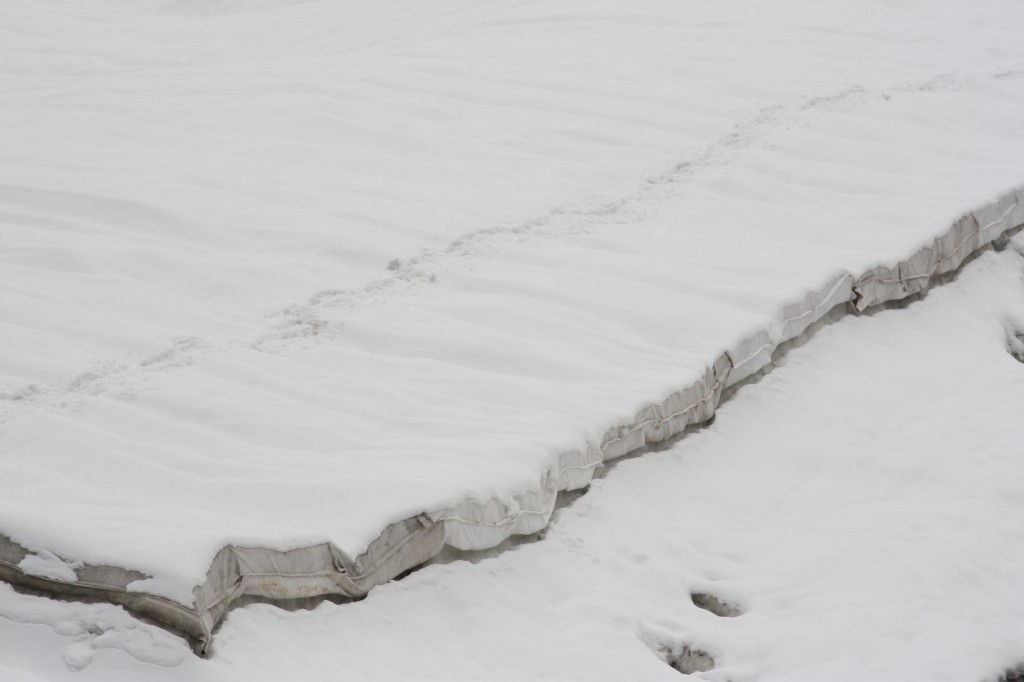
Some glaciers are being covered in summer to stop them melting, this one I saw in Switzerland. Proved ineffective. (I.Quaile)
Saving the cores
The team will be coordinated by Patrick Ginot from the French Research Institute for Development (IRD), working within the UGA-CNRS Laboratory of Glaciology and Environmental Geophysics (LGGE), and Jerome Chappelaz, director of Research at the CMRS and working within ths same laboratory.
The team will be extracting three ice cores each 130 metres long. These will be taken down by helicopter and taken to the LGGE in Grenoble. Clearly they will have to kept very cold during the process.
In 2019 (why only then, I wonder?), one core will be analysed to start a database which is ultimately to be made available to the whole world scientific community.
The other two will be transported by ship to ANTARCTICA. Yes, you read correctly. There, they will be taken on tracked vehicles across the high plateaus to be stored at the Concordia station, which is run by the French Paul-Emile-Victor Polar Institute (IPEV) and its Italian partner, the National Antarctic Research Programme (PNRA)
In the long term, dozens of ice cores are to be stored in a snow cave at -54° Celsius, which the project describes as “the most reliable and natural freezer in the world”.
The Mont Blanc glacier is the first step. The next will be carried out in 2017 on the Illimani glacier in the Bolivian Andes.
Global operation
It seems other countries with access to glaciers are also hoping to join the project, including Germany, Austria, Switzerland, Brazil, the USA, Russia, China, Nepal and Canada. That sounds like a real mega-project.
I have commented often enough here on the Ice Blog on the dwindling ice in my own favourite hiking territory in the German and Swiss Alps. Last week it was the turn of the New Zealand Alps to be the focus of this rather sadly motivated attention.
The scientists who came up with the project had the idea after observing a rise in temperatures on several glaciers. At ten year intervals, they say the temperature near the glaciers on the Col du Dome and Illimani in the Andes has risen between 1.5 degrees and 2 degrees (Those figures sound familiar from somewhere…)
“At the current rate, we are forecasting that their surface will undergo systematic melting over the summer in the next few years and decades. Due to this melting and the percolation of meltwater through the underlying layers of snow, these are unique pages in the history of our environment which will be lost forever”, says the project description.
The scientists compare their project to the Svalbard Global Seed Vault on the Norwegian Arctic island of Spitsbergen. Before I read that part, this very comparison had already come to my mind. I had a rare opportunity to visit that vault a couple of years ago.
Svalbard to Antarctica
But one of the very worrying things in that connection is that even that “secure coldspot” has in turn been affected by permafrost melt – at least at a level close to the surface, which caused damage to the entrance area in the early stages.
Will the Svalbard vault ultimately have to be moved to the even colder Antarctic at some point in the future, one might wonder?
I remember a visit to the Alfred-Wegener Institute in Bremerhaven, Germany’s polar agency. One of the highlights was a look into the laboratory where ice cores are processed. Clearly, these provide invaluable evidence of how our planet and life on it have developed. Climate and environmental archives of a quite unique nature.
“Our generation of scientists, which bears witness to global warming, has a particular responsibility to future generations. That is why we will be donating these ice samples from the world’s most fragile glaciers to the scientific community of the decades and centuries to come, when these glaciers will have disappeared or lost their data quality”, says Carlo Barbante, the Italian project initiator and Director of the Instutite for the Dynamics of Environmental Processes – CNS, Ca’Foscari University of Venice”. What a sobering thought – and a daunting task.
And what an inspiring campaign to rescue what it seems we will not be able to save in time in the natural world.
Projects like this cost a lot of money. It is relying on private sponsors. The current European project has funding. The Université Grenoble Alpes foundation is now running a campaign to fund the Bolivian expedition.
Here’s hoping the money will be forthcoming.
And here’s hoping the international community will speed up efforts to halt global warming before we have to create archives to try to document all the ecosystems, species and habitats we are losing faster than we can count them.
New Zealand glaciers on the retreat
During my first trip to Australia around 25 years ago, I was standing outside a phone box (there are still such things even in this smartphone age) one evening, in a chilly wind.
“That wind’s coming straight up off the pole”, a local told me. Up off the pole? That was a weird image for a visitor from the northern hemisphere. It figures, the wind blows up rather than down from the pole when you’re at the other end of the world.
A few years later, during a visit to New Zealand, I was tickled to find there were “alps” to visit, with glaciers, reminiscent of some of my favourite hiking territory in Switzerland. I haven’t heard much about them since.
There hasn’t been much about New Zealand in the media here in Europe, except when earthquakes strike, or – the latest popular summertime story – the decision to exterminate all “alien” predators like mice, rats and possums.
But this week I came across a story by the New Zealand Herald on Twitter, entitled “warning sounds for vanishing glaciers”. Needless to say this set the alarm bells ringing with the Iceblogger.
It seems these beautiful icy regions have also been affected considerably by climate warming.
Rapid retreat
The South Island of New Zealand is home to snowy mountains and picturesque glaciers. The article by Jamie Morton describes how the glaciers have been retreating massively since 2011. The pictures, taken by Brian Anderson of Victoria University’s Antarctic Research Centre, show a dramatic change. The latest measurements for Fox Glacier and Franz Josef Glacier, the ones I visited, show they have “shrunk to record levels”, the article quotes Dr. Anderson.
I must delve into my photo archive at home for pics taken when I was there in 2000 and compare them with the latest. I have the feeling the comparison would be a sobering one.
Twice a year, scientists conduct surveys of the snowlines and glacier retreats in New Zealand’s Southern Alps. The measurements take place at the end of winter, and again at the end of summer.
The scientist says the snow accumulation on the glaciers was average in winter 2015, but high by the end of the very warm summer in 2016.
In the last five years, it seems the Fox Glacier has retreated 750 meters, the Franz Josef as much as 1.5 kilometres.
The ice volume in the Southern Alps has decreased from 170 cu km in the 1890s to a current 36.1, and is predicted to go down to between 7 and 12 cu km, by 2100. Yikes.
The last dramatic loss of ice was during the summer of 2010/2011, under the influence of a strong La Nina climate system – one of the strongest ever recorded, according to Jamie Morton. The latest ice loss appears to be similar in amount.
“Based on regional warming projections of 1.5C to 2.5 C, it has been projected by glaciologists Valentina Radic and Regine Hock that just 7 to 12 cu km of ice would remain on the alps by the end of this century, Morton writes.
The snowline has also moved up to “exceptionally high levels”, Morton quotes Dr. Andrew Lorry from the National Institute of Water and Atmosphere (NIWA).
Warming water, melting ice
The article says before last summer, the experts expected the El Nino to have a major impact. But instead, it was unseasonably warm sea surface temperatures in the Tasman Sea, bringing warmer air over land, that caused the damage.
With temperatures higher than average so far this season, it seems likely more ice and snow will be melting.
Are we surprised by all this? Perhaps not. Concerned? Saddened? Definitely. Clearly the cold wind blowing up off the south pole, like the one blowing down from the north, is no longer enough to secure those icy areas of New Zealand.
Of course emissions reductions have to take place across the board. Local melting is not only caused by local actions. Still, countries who profit from their ice and snow, like New Zealand, where the alps are an important tourist attraction, can be expected to set a good example in implementing measures to halt the warming. The “Climate action tracker”, an independent science-based assessment of country’s emissions targets and actual action, rates New Zealand’s INDC 2030 target as “inadequate”. That means its commitment is not in line with a “fair” approach to reach a 2° C maximum temperature rise pathway.
“If most other countries followed the New Zealand approach, global warming would exceed 3–4°C”, the website says.
Maybe I better not wait too long for another visit to those New Zealand glaciers. At this rate, I will hardly even need my snow boots.
Redundant? (Pic: I.Quaile)
Hottest year – scary, but not for Chinese Arctic shippers?
As I sit in my Bonn office between thunderstorms in a week where we reached a record 36 degrees Celsius here, I am not surprised to read that the World Meteorological Organization (WMO) sees 2016 on track to be the hottest year ever.
The WMO bases its conclusions on two separate reports from NOAA and NASA GISS.
Global temperatures have already shattered previous records for the first six months of the year. And, no, it is not just El Nino. The WMO says June 2016 was not only the 14th consecutive month of record heat, but also the 378th consecutive month with temperatures above the twentieth century average. That means we haven’t been below the average since 1984.
The extraordinary becomes the norm
In the last blog post I quoted an article about the extraordinary years becoming the normal. Here we go again.
“The El Nino event, which turned up the Earth’s thermostat, has now disappeared. Climate change, caused by heat-trapping greenhouse gases, will not. This means we face more heatwaves, more extreme rainfall and potential for higher impact tropical cyclones”, said WMO Secretary-Gerneal Petteri Taalas in a press release.
The WMO also notes the corresponding rise in CO2 concentrations:
“Carbon dioxide concentrations have passed the symbolic milestone of 400 parts per million in the atmosphere so far this year. CO2 levels vary according to the season, but the underlying trend is upwards. They showed a surprising increase for the first half of 2016, rising in June 2016 to nearly 407 ppm, 4ppm greater than June 2015”, the WMO writes.
Melting away…
So what does all this mean for our beloved Arctic?
Of course it has been experiencing the record warming even more than the rest of the planet. The WMO mentions a very early onset of the annual melting of the Greenland ice sheet and Arctic sea ice, and exceptionally low snow cover in the northern hemisphere.
“The extent of Arctic sea ice at the peak of the summer melt season now typically covers 40 percent less area than it did in the late 1970s and early 1980s. Arctic sea ice extent in September, the seasonal low point in the annual cycle, has been declining at a rate of 13.4 percent per decade”, says WMO.
Chinese go full-speed-ahead
Now a lot of people are very concerned about that. But presumably the Chinese shipping giant COSCO is not amongst them. The company has announced that it will be sending three cargo ships through the Arctic Ocean this summer, since global warming is making the route more viable. It will be using the Northeast Passage, which goes north of Russia. As the news agency AFP puts it, “China sees the opportunity to reshape global trade flows”, as this route can shorten journey times between Asia and Europe considerably.
The Yong Sheng merchant ship left the Chinese port Tianjin last Saturday, bound for the UK, carrying a “mixed cargo” through the Northeast Passage. It seems the ship has used the route twice in the past three years. This time, two more COSCO ships, the Tian Xi and the Xiang Yun Kou are also scheduled to navigate the passage next month.
AFP quotes the company as saying it aims to “normalize” services on the route. So, once again, the extraordinary is becoming normal? This worries me for several reasons. First, it is an indicator that this industry giant is convinced climate warming is here to stay, and illustrates that there are those who are happy to profit from it. Secondly, as discussed many times here on the Ice Blog and in my articles for DW, shipping in Arctic waters is still a very high-risk business for the environment and, of course, the humans on board the ships.
Room for dispute
Earlier this year, China’s Maritime Safety Administration published a Chinese language guide including nautical charts and descriptions of ice conditions for the other Arctic route, the Northwest Passage, which runs north of Canada. That begs the question: is this part of Canada’s waters, as Ottawa claims, or international waters?
Clearly, economic and strategic interest in the Arctic is spreading well beyond the Arctic countries as the frozen north warms.
Without wanting to be alarmist, I have to mention a comment by the French Defence Minister Jean-Yves Le Drian, who proposed in June that European navies should coordinate patrols in Asian waters to reinforce the maritime order based on the UN Convention on the Law of the Sea, against the background of the dispute between China and others in the South China Sea. He warned that if the laws of the sea are not respected in that region, they could also be challenged elsewhere, for instance in the Arctic.
Worrying times.
Pressure to implement Paris
Back to the WMO. Secretary-General Petteri Tallas stresses that the record-breaking warming underlines the urgent need to approve and implement the Paris Agreement and speed up the shift to renewable energy.
But so far, remember, there have definitely NOT been enough countries ratifying to bring the agreement into effect. UN Secretary-General Ban Ki-moon has invited world leaders to a special event in September to deposit their instruments of ratification or accession to the Paris Agreement. Perhaps the heatwaves, storms, extreme rainfall and other “abnormal but becoming normal” events in their respective countries will persuade these politicians (especially in the countries responsible for the majority of emissions) that time is running out if we want to keep to that two-degree Celsius target (let alone the 1.5). The average temperature in the first six months of this year was already 1.3 degrees warmer than pre-industrial times. Some experts are already convinced we need to start drawing greenhouse gases out of the atmosphere and store them if we are to avert climate catastrophe. A daunting prospect, to say the least.
Arctic Sea Ice: going, going, gone?
July 15th is Arctic Sea Ice Day. You might be forgiven for not realizing that. Every day is the day of something (usually more than just one), the initiator, Polar Bears International, is popular, but maybe not yet a household name, and the world is in turmoil, with terrorist attacks, refugees, Brexit and no shortage of other topics dominating the news agenda.
Still, the Arctic sea ice deserves all the attention it can get.
Another record low
The latest data released by the US-based National Snow and Ice Data Center (NSIDC) for the month of June shows the Arctic sea ice reached yet another record low, the lowest extent for June ever measured since satellite records began in 1979. So far this year, every month except March has seen a record low in the extent of the Arctic sea ice.
Alaska is experiencing a massive heatwave after an amazingly warm first half of the year.
An article on RCI’s Eye on the Arctic says the sea ice melt seems to be attributable to unusual weather patterns over the Arctic. It seems the temperature reached an incredible 29.2 degrees in Kugluktuk, Nunavut on June 5th, 27 on July 6th. Normally, the article tells us, the temperature in western Nunavut varies between 8 and 15 degrees. It is not hard to imagine how this is making the sea ice ooze away. The reflective white ice is replaced by dark ocean, which absorbs even more heat, exacerbating the warming further.
Ice, sea, sky on Living Planet
That is just one of the issues I talked about in my interview with UN science and oceans advisor Susan Avery, which featured in the last Iceblog post. The interview is broadcast in full (well not quite full, but at length), in the latest edition of DW’s Living Planet programme: Ice, Sea and Sky, which I hosted in our Bonn studio. Avery talks about how climate change affects the ocean in general, as well as focusing in particular on what is happening in the Arctic.
“I would say the polar regions are regions where we don’t have a lot of time before we see major, massive changes, where we really need to get our observations and science and models working together”, Avery told me.
Message from Iqaluit
Actually, major, massive changes seem to be already there. Marking Arctic Sea Ice Day, the Living Planet program includes a story by Canadian reporter Elyse Skura, based at Iqaluit, in the northern territory of Nunavut. She talks to local Inuit people about how climate change is affecting their daily lives, and especially traditional livelihoods like hunting and fishing. Hearing the voices of people there talking about the changes in the sea ice and the extent to which their traditional livelihoods are inter-connected with nature, with the environment, land, ocean, ice, atmosphere, I was reminded of my own encounter with the Inupiat people in Barrow, Alaska, back in 2008. The observations are similar. The only difference seems to be that the ice is melting even faster as the Arctic warms more rapidly.
The story ends on a kind of optimistic note, suggesting that the Inuit have always been able to adapt to changing environments. Ultimately, people have no choice but to adapt to a climate that is already changing. Susan Avery told me the extra heat produced by our CO2 emissions ends up mostly in the ocean. 93 percent was the figure she quoted. And she explained how it does not stay at the surface, where it will likely hang around for 40 or 50 years, but is also pumped down to the depths in the course of circulation patterns. And there, she says, it will stay for centuries. It is frightening to think that some scientists believe this means we are already committed to a temperature rise of up to two degrees Celsius.
“No job for an optimist”
I remember discussing the issues of “mitigation and adaptation” in detail in connection with climate change – in an interview with the “new” head of the UNFCCC, the climate secretariat, Yvo de Boer, in 2006. I have always been worried that adaptation could mean abandoning the need to mitigate, to change our behavior and lifestyles and shift to a low-carbon (and ultimately zero-carbon) economy. De Boer convinced me then that adaptation was essential, with climate impacts already visible and tangible. He stressed it was not a case of either-or, but of doing both. How right he was.
But of course he resigned in frustration after the disastrous Copenhagen conference. “No job for an optimist” was the title I gave my commentary at that time.
(Looking back at that, it’s interesting to see how web design has changed since then!)
When the abnormal becomes the norm
So, back to the Arctic Sea Ice, this July 15. A group of scientists studying Arctic systems met in Washington D.C. earlier in the week at an event in the National Press Club sponsored by SEARCH (the Study of Environmental Arctic Change).
Chris Mooney reports on it in The Washington Post, under the title ‘The extraordinary years have become the normal years’. This is something I also hear repeatedly from experts I interview on extreme weather events and similar occurrences.
Mooney quotes Marco Tedesco from Columbia University, a Greenland scientist:
“I see the situation as a train going downhill. And the feedback mechanisms in the Arctic are the slope of your hill. And it gets harder and harder to stop it.”
NASA scientist Walt Meier, who studies Arctic sea ice in particular, is quoted as saying we have lost about twice the size of Alaska in terms of area. He also notes we’ve lost about 50 percent of the thickness. The particularly alarming thing is that all this is happening faster than “even the most aggressive climate models”, says Meier.
Mooney also mentions a 2014 study indicating that in the past three decades, the loss of Arctic sea ice has added 25 percent to the warming caused by carbon dioxide in the atmosphere. A stunning figure! That indicates the extent of the feedback effects coming out of the high North – which should really make us sit up, pay attention and then get moving on cutting greenhouse gas emissions this ArcticSeaIceDay.
Can we halt Arctic melt? Hard question for UN advisor
I had a very interesting high-profile visitor here at Deutsche Welle this week. Bonn, John Le Carré’s “Small Town in Germany” is this country’s UN city nowadays, home to organizations like the climate secretariat UNFCCC and the Convention on Migratory Species, CMS. This year marks 20 years of the former German capital in that new UN role. Fortunately for me and my colleagues, it brings a lot of interesting people to the city.
The University and the City of Bonn have been running a series of lectures by members of the Scientific Advisory Board of the United Nations Secretary-General Ban Ki-Moon this year, under the heading “Global Solutions for Sustainable Development”. This week, it was the turn of Susan Avery, who was President and Director of the Woodshole Oceanographic Institution in the USA until last year. She has been on the advisory board to Ban Ki-Moon for the last three years and she and the other advisors are just finishing their report, so it was great to have the opportunity to talk in length.
Sea and sky as dancing partners
Her lecture was about the importance of the ocean with regard to climate, but she also talked to me about a whole range of ocean-related issues in an interview to be broadcast on our Living Planet programme, starting next week.
Susan Avery is an atmospheric scientist, (the first to head a major oceanographic institution, she told me). She has a very attractive image to describe how the atmosphere and the ocean relate to each other:
“In our planetary system we have two major fluids, the ocean and the atmosphere, and think of them as two dance partners… moving along, but in order to get a choreographic dance, they have to talk to each other. They do that through the ocean-atmosphere interface, which is wave motion, spray, all the things that help them communicate. These two create different dances… an El Nino dance, or a hurricane dance, for example. In reality what they do together is transport heat, carbon and water, which are the major global cycles in our planetary system.”
Since the onset of industrialization, we humans have been introducing some different steps to the dance, it seems:
“When you take it to the climate scale, we talk a lot about the temperature of the atmosphere, increases associated with the infusion of carbon, that is human produced. The thing is that the extra carbon dioxide that gets released into the atmosphere through our fossil fuels and deforestation is associated with extra heat. Of the carbon dioxide we release into the atmosphere, half will stay in the atmosphere, 25% will go into the ocean, 25% will be taken up by the land. But if you look at the heating or warming, 93% of the extra warming is actually in the ocean. There are only very small amounts in the atmosphere.”
Centuries of warming pre-programmed
That means a huge amount of heat is actually being stored in our seas:
“And you can understand why, because the atmosphere is a gas, the ocean is a mass of liquid, which covers two thirds of our planet, and it has a huge heat capacity to store that, but that heat doesn’t just stay at the surface. So (..) when you only talk about heat and temperatures at the surface, you’re ignoring what’s happening below the surface in the ocean, and once the ocean gets heated it’s not going to stay there, because there is this fluid motion. So we’re getting to see greater and greater temperature increases at greater and greater depths. And once that heat gets into the ocean, it can stay there for centuries. Whereas in the upper ocean, it might stay 40 or 50 years, when you get into the deeper parts, because of the density and capacity, it stays there for a long time.”
So, she explained, the carbon dioxide we’ve put into the atmosphere already – and the heating associated with that – means that “we’re already pre-destined for a certain amount of global temperature increase. Many people say we have already pre-destined at least one and a half degree, some will say almost two degrees.”
Now if that is not a sobering thought.
And on top of that comes the acidification of the oceans caused by the extra carbon dioxide, which is playing havoc with coral reef systems and shell-based ocean life forms.
“This is really critical, because it attacks a lot of the base of the food chain for a lot of these eco-systems”.
“What’s in the Arctic is not staying in the Arctic”
Susan Avery’s work has included research on the Arctic and Antarctic, so of course I took the opportunity to ask how she sees all this affecting the polar regions.
She explained how the rapid increase in ice melt in the Arctic – both sea-ice and land ice – caused by atmospheric warming above and warmer ocean waters below, is of great concern for two reasons. The more obvious one is the contribution of land ice melt to sea-level-rise. The other, she explained, is that the melting of the land-based ice results in “a freshening of certain parts of the ocean, so particularly the sub-polar north Atlantic, so you have a potential for interfacing with our normal thermohaline circulation systems which could dramatically change that.” The changes in salinity currently being observed, are a “signal that the water cycle is becoming more vigorous”. This, of course, has major implications for ocean circulation and, in turn, the climate, not just in the region where the ice has been melting:
“What’s in the Arctic is not staying in the Arctic. What’s in the Antarctic is not staying in the Antarctic. I would say the polar regions are regions where we don’t have a lot of time before we see major, massive changes”.
What I find particularly worrying is that Susan Avery confirmed there is still so much we do not know about what is happening in the polar regions and in the ocean in general.
“We really need to get our observations and science and models working together”, she told me. “The new knowledge we have created on processes in the Arctic has to be incorporated into climate system models”.

Satellite data ( KSAT site in in Tromso) helps, but cannot penetrate deep ocean, Avery says. (Pic. I Quaile)
Paris and the poles
So, given that temperature rise of 1,5 to two degrees Celsius could already be a “given”, and the Arctic is being affected much faster and more strongly than the planet on average, is there any real hope that we can hold up these developments and halt the melting of ice in the Arctic? This was clearly a very difficult question for my guest. She told me she had been very relieved that the Paris Climate Agreement was signed and was sure humankind could still “make things better”. But when I asked whether we will really be able to reverse what is happening in the Arctic or halt climate change in the Antarctic, this was what she replied:
“I don’t have an answer, to be honest. I think we’re still learning a lot about the Arctic and its interface with lower latitudes, how that water basically changes circulation systems, and on what scale. But I think what’s really critically needed right now to get a better sense of the evolution of the Arctic, and of sea level rise, is a real concerted observing network. We know so little, about the Arctic, the life forms underneath the ice. We have the technology. What I really see now is a confluence of new technologies, new analytical approaches, new ways to do ocean science, and all it takes is money to really get those robots there, get the genomic studies that you need, the analysis. We are at the stage where we can do so much, to further our understanding, and I would really put a lot into the Arctic right now, if I had the money to do so.”
Me too, Susan.
Ice: the final frontier?

Investigating the undersea secrets of the Arctic night from the research vessel Helmer Hanssen (Pic: I.Quaile)
This brings us back to a key problem I have worried about ever since I started to work on how climate change is affecting the Arctic. That change is speeding up so fast, it is virtually impossible for our research to keep pace. As Susan Avery put it:
“The Arctic will be a major economic zone, we’ve already seen the North-West Passage through the Arctic waters, we’re going to see migration of certain fisheries around the world – and we don’t even know completely what kind of biological life we have below that ice. We have the ability to get underneath the ice now. I call these the frontiers, of the ocean, and that includes looking under ice.”
I am reminded of my trip on board the Helmer Hanssen last year, accompanying a research mission to find out what happens under that ice and down in the deep ocean during the cold, dark season.
(Listen to the audio feature here). There is still so much we do not know about life in the ocean – and it might disappear before we even knew it was there.



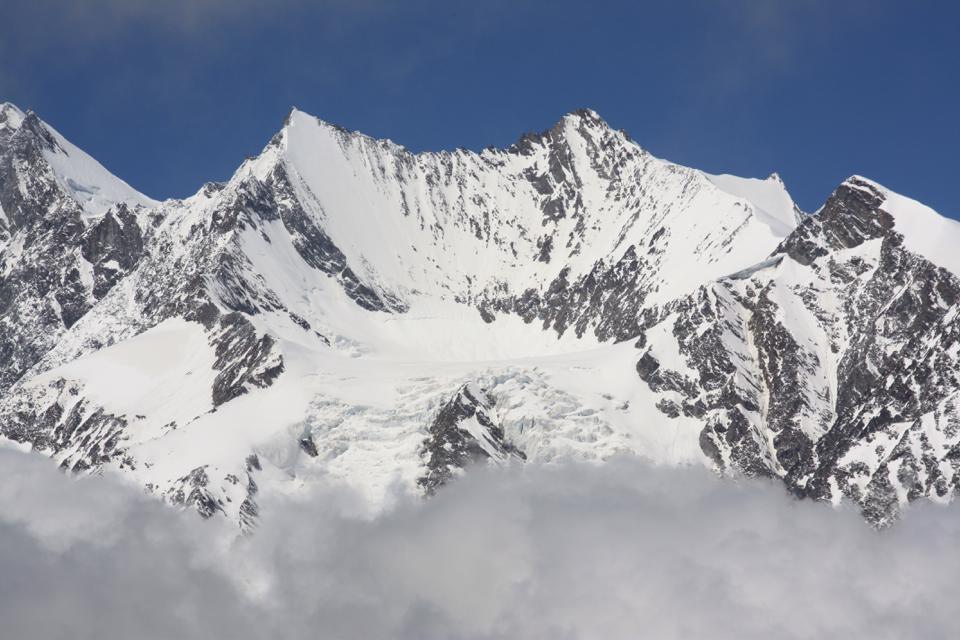
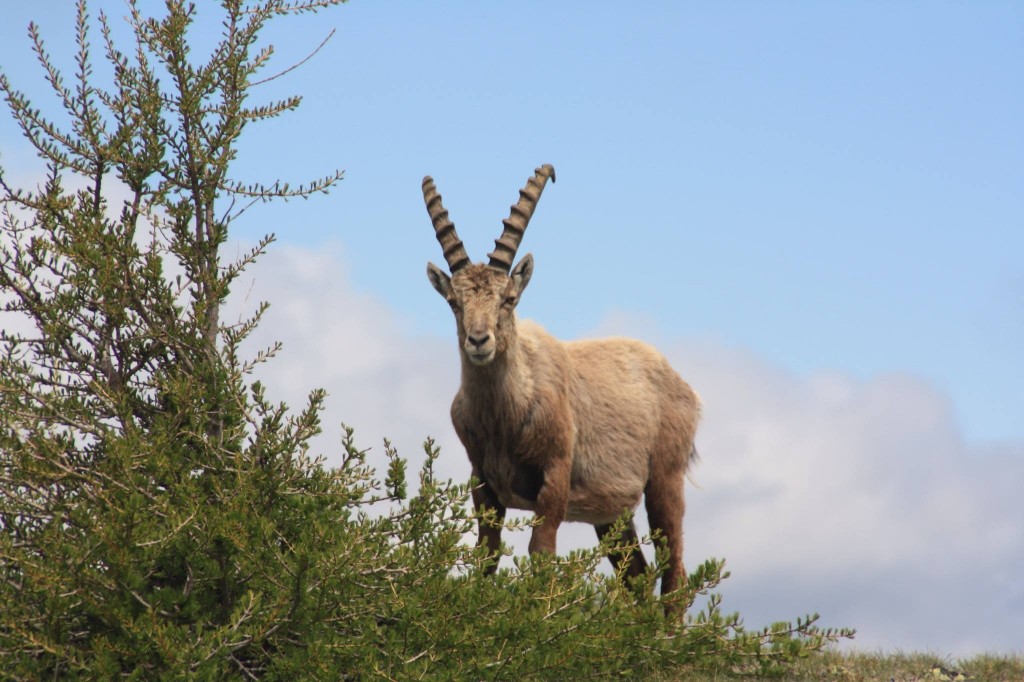
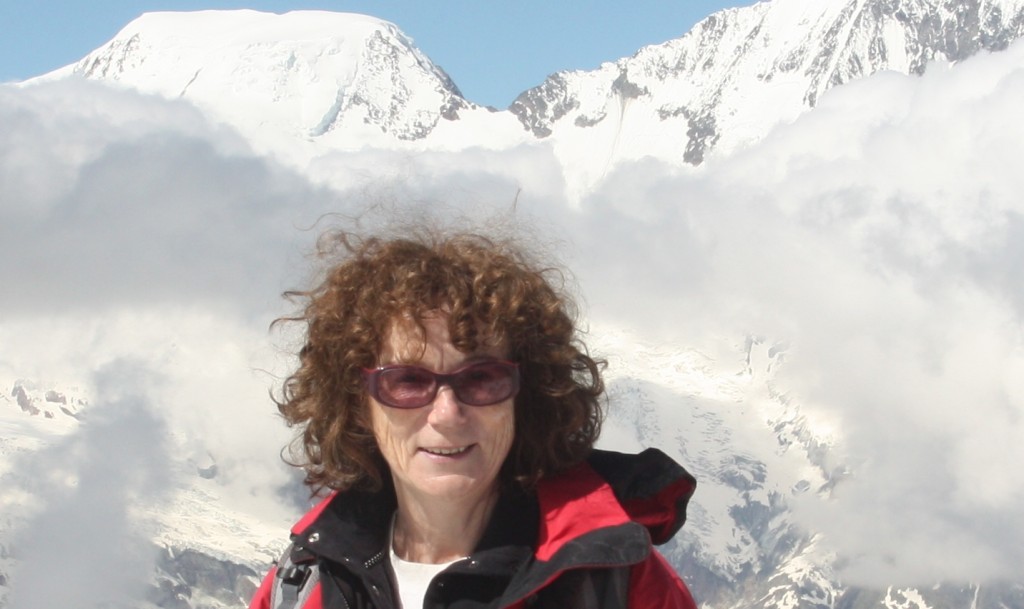
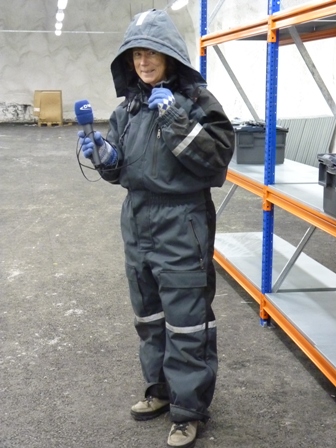

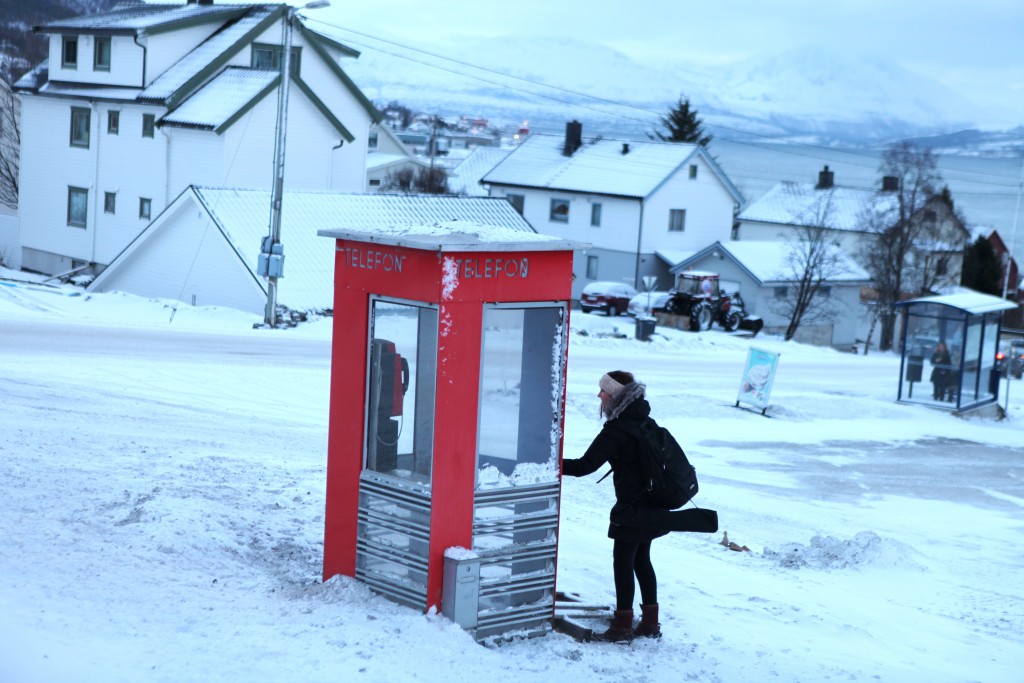
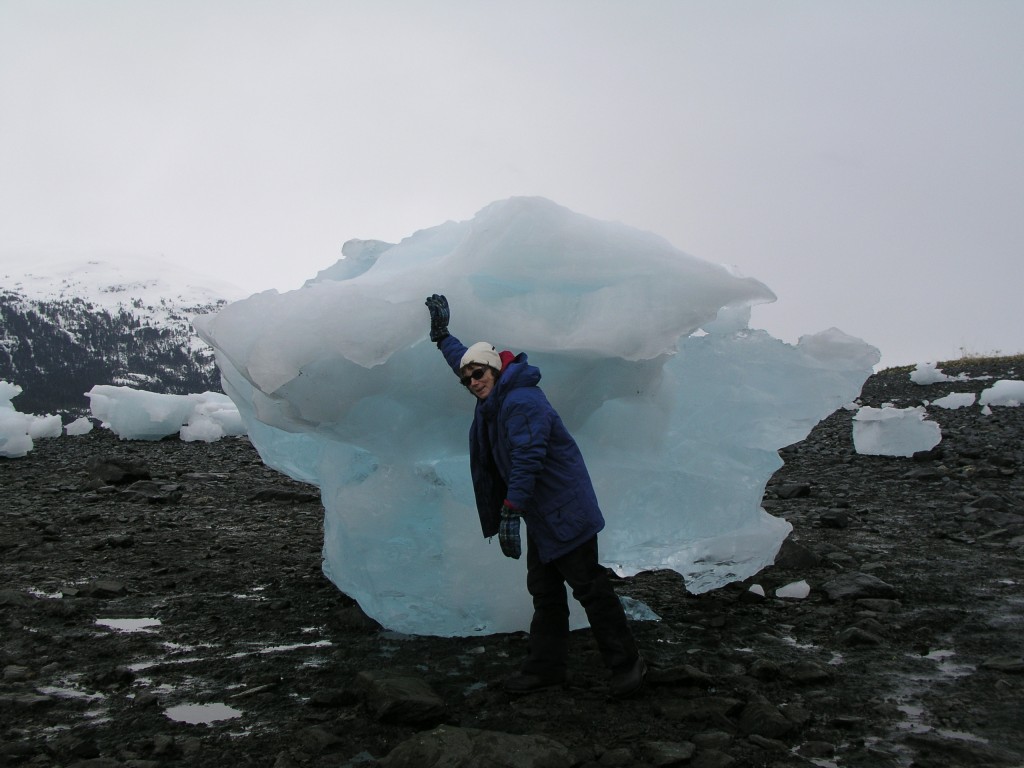
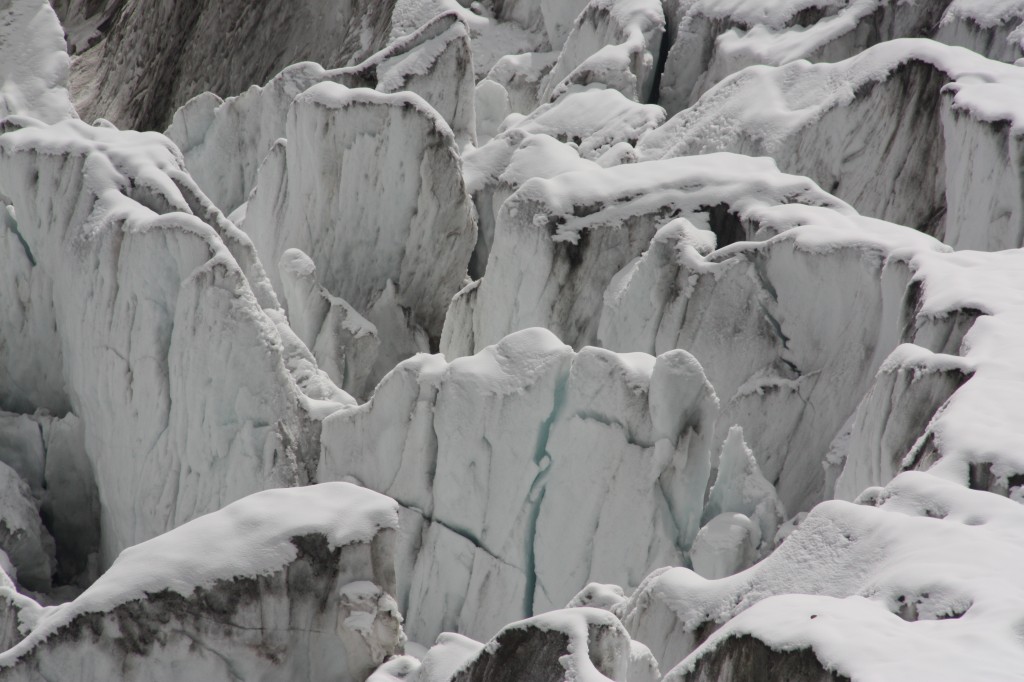
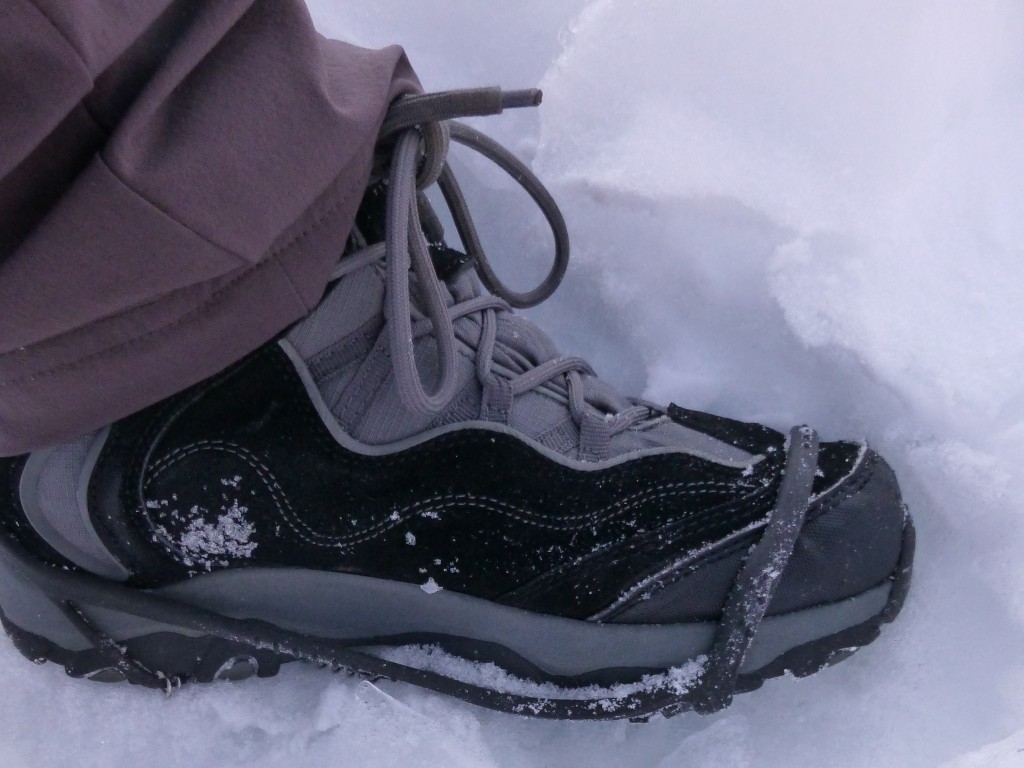
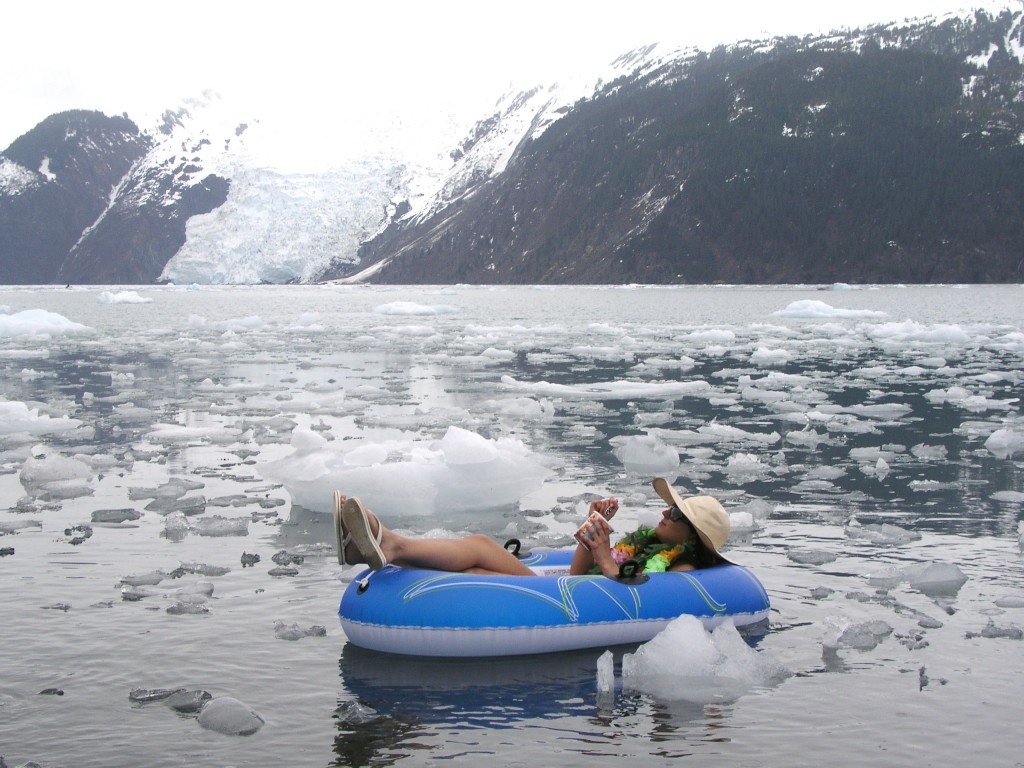
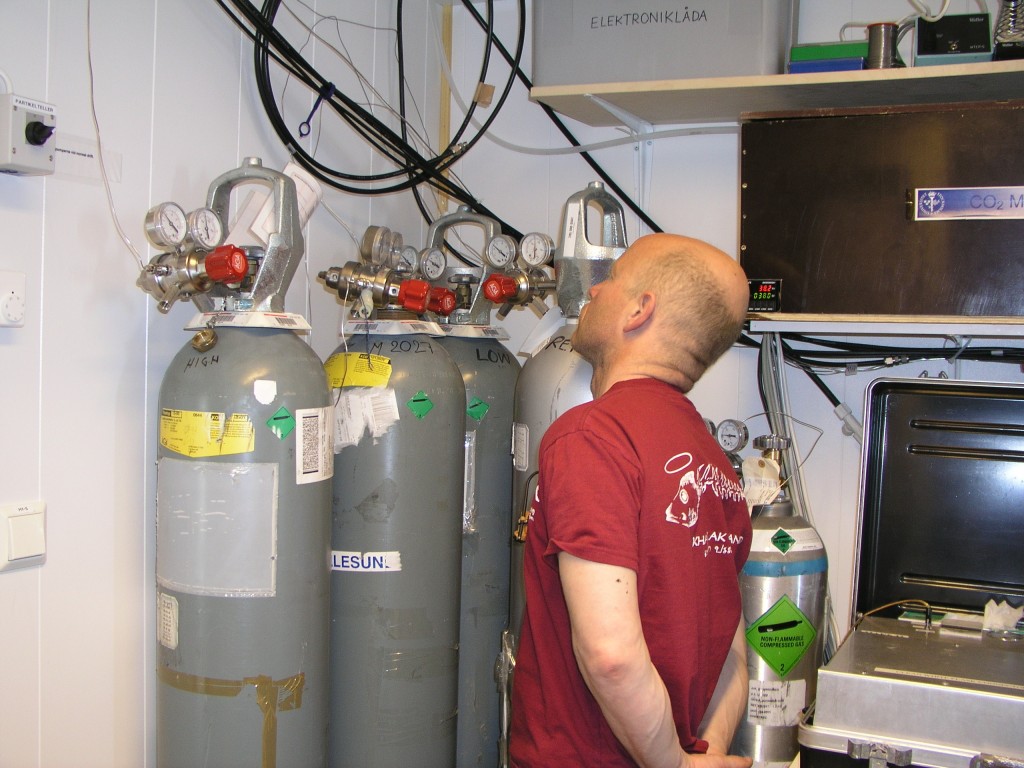
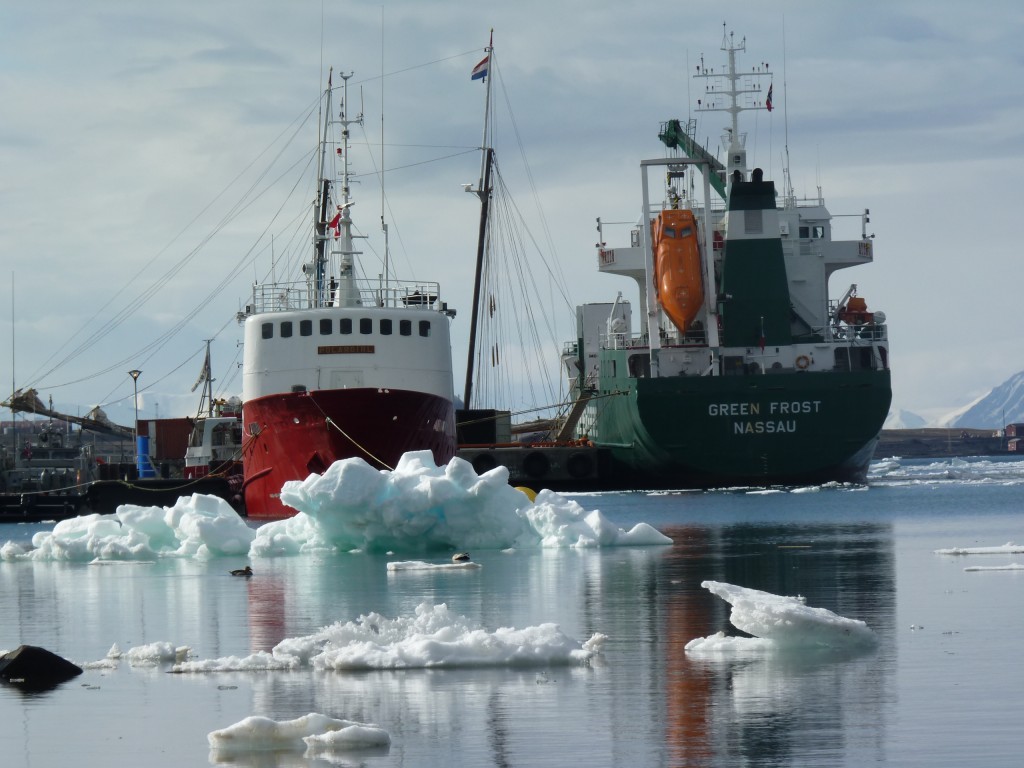
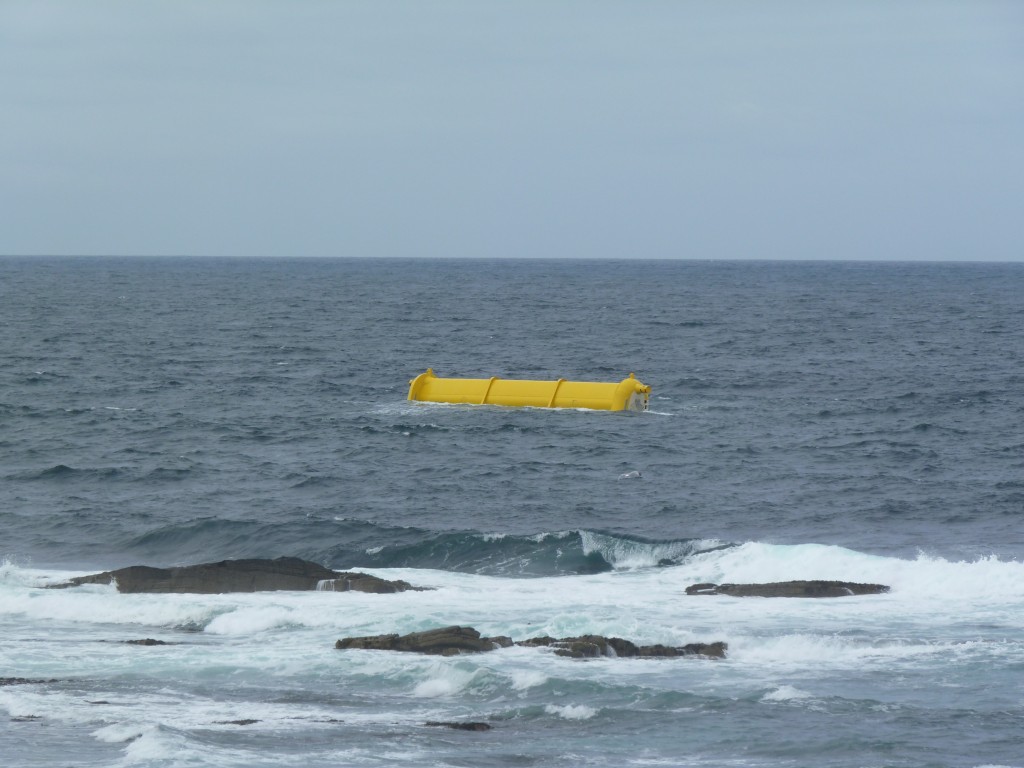
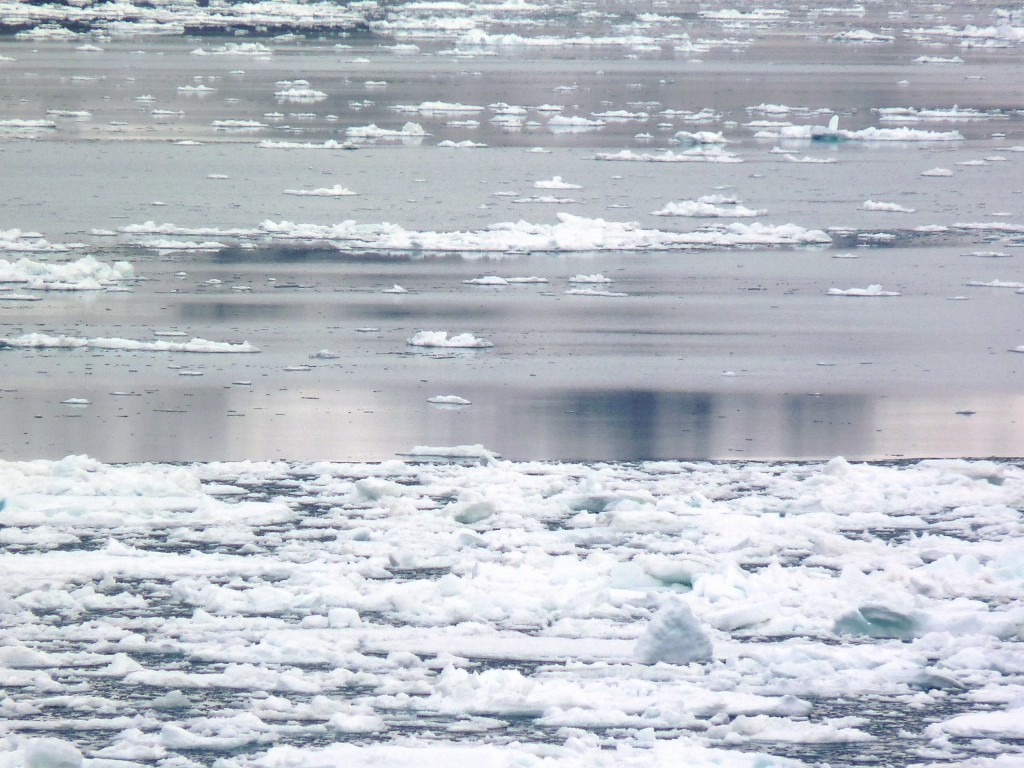
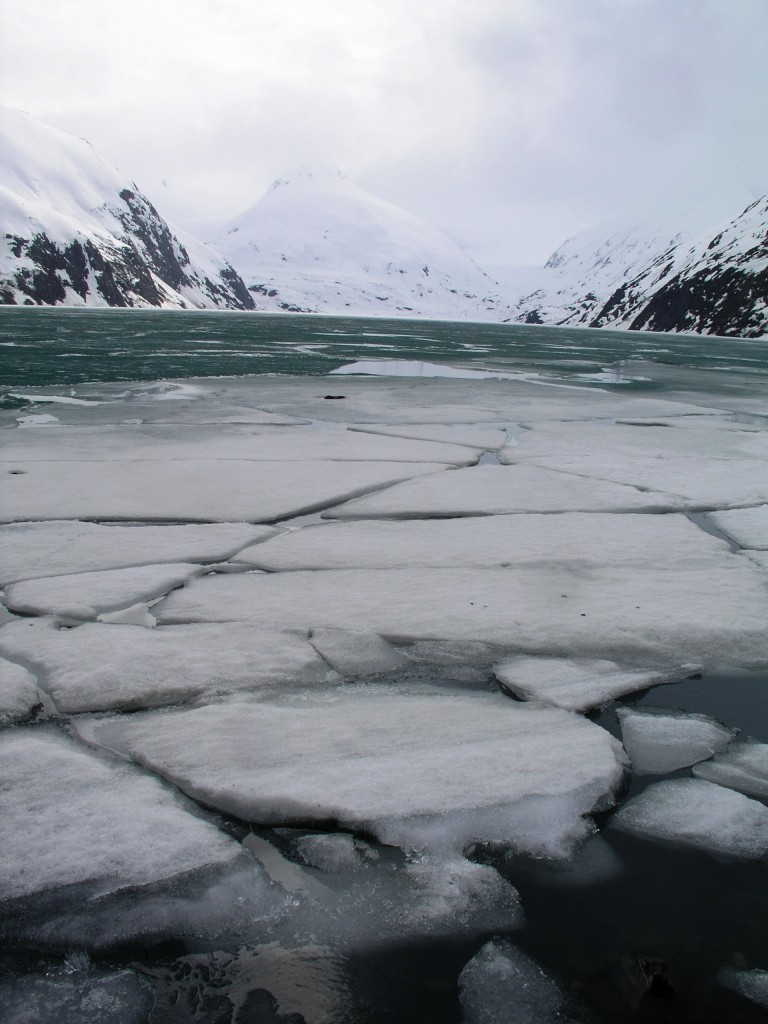
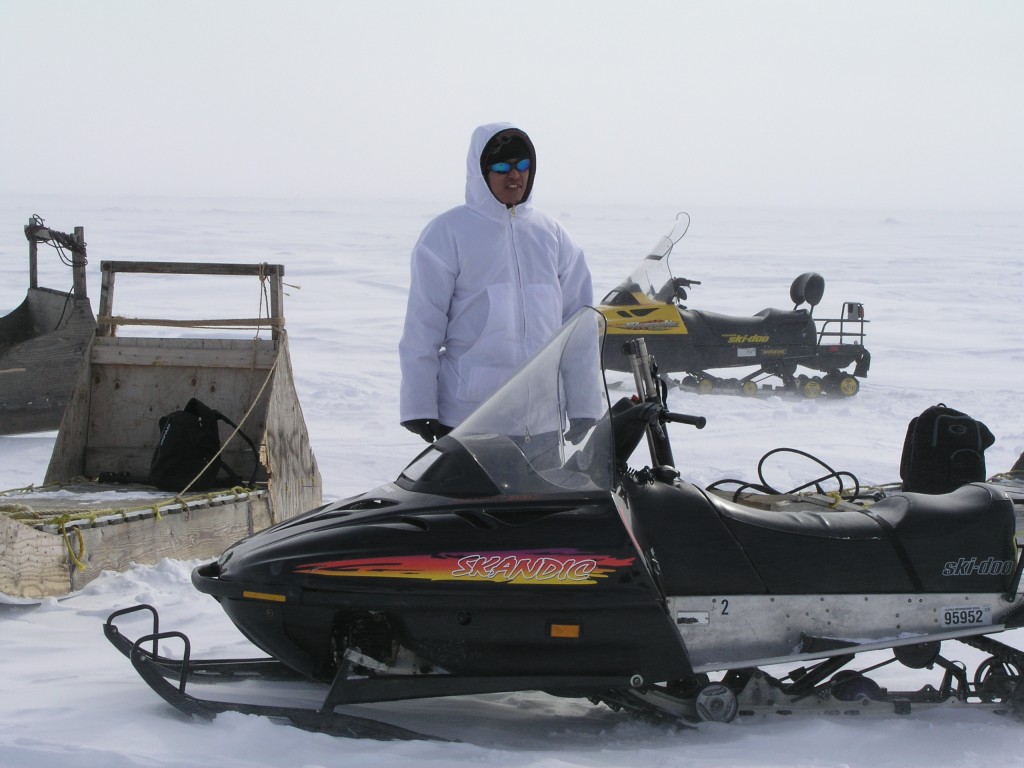
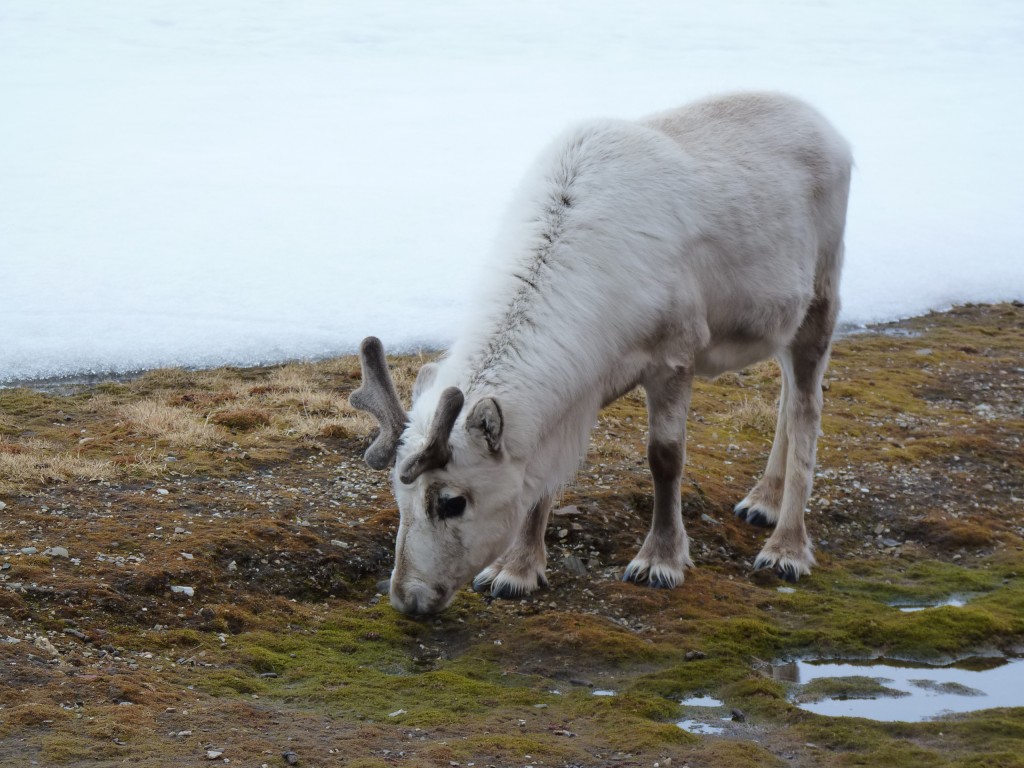
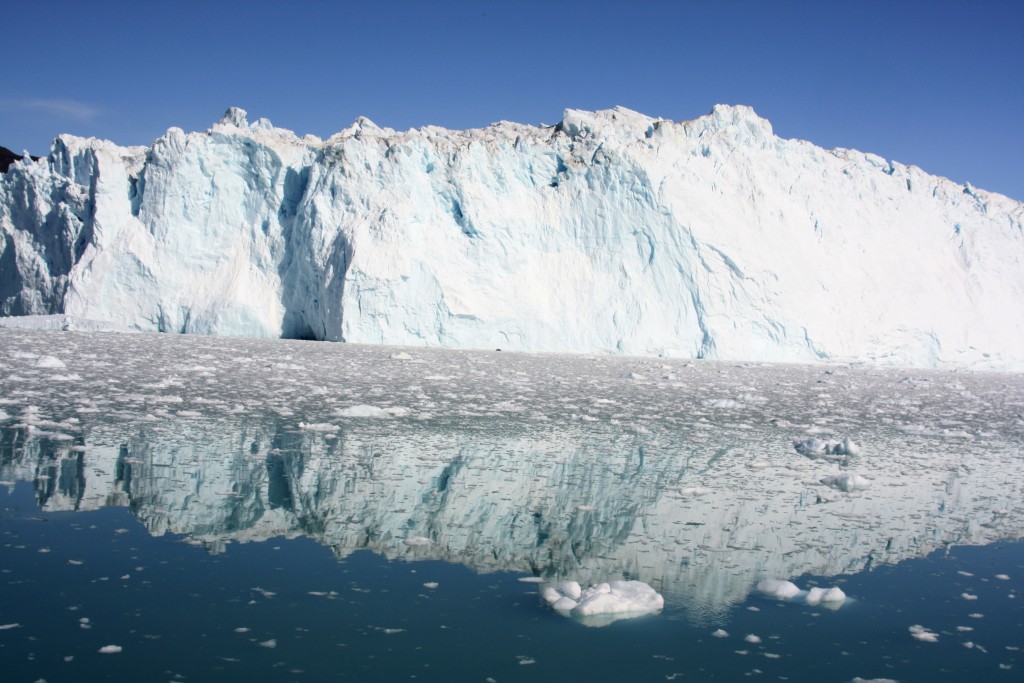
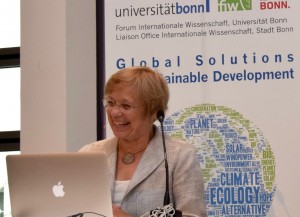
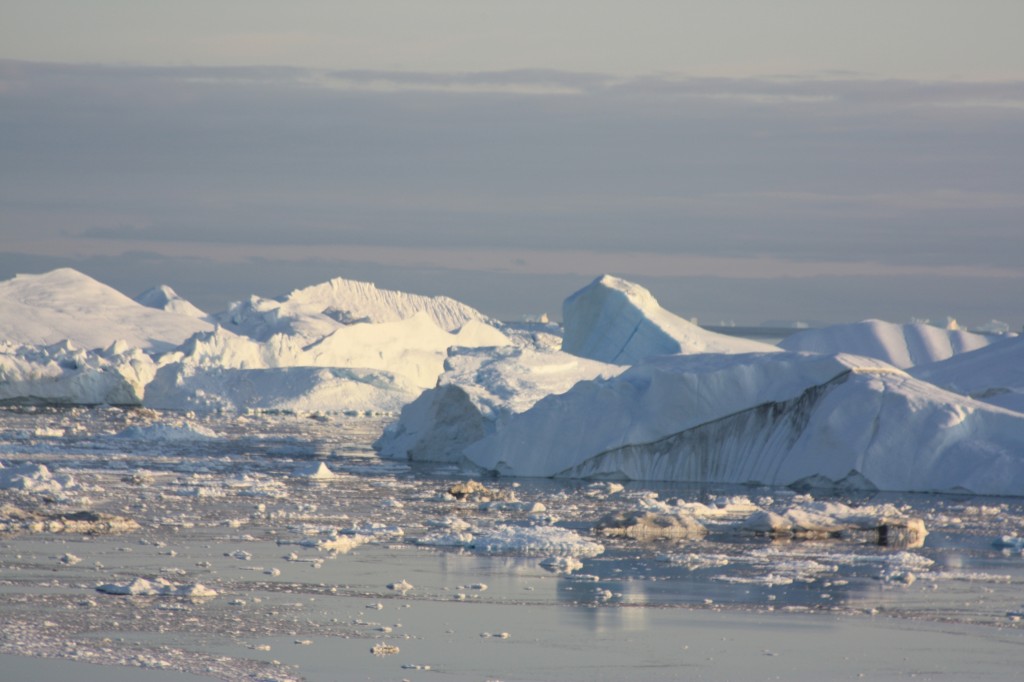
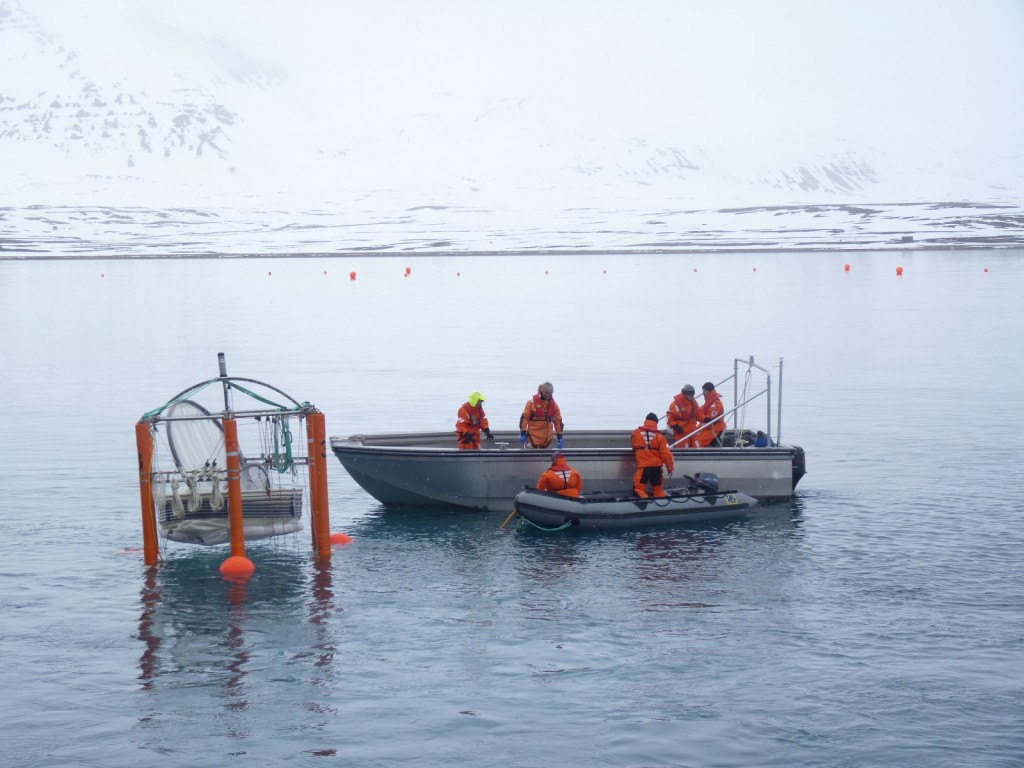
















Feedback